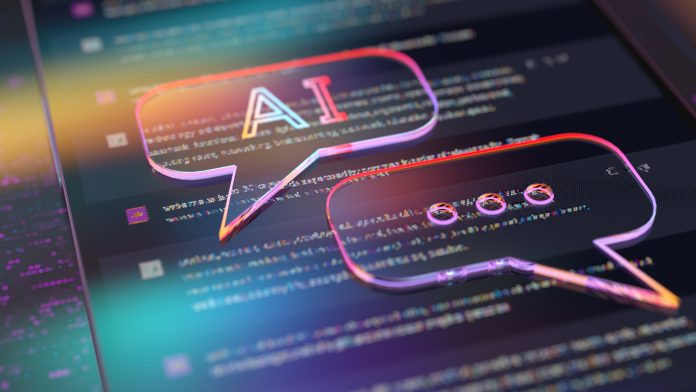Scientists have developed artificial intelligence to perform new tasks based on verbal or written instructions
The development by researchers at the University of Geneva (UNIGE) holds promise for advancing robotics and natural language processing technologies.
The study’s findings have been published in the journal Nature Neuroscience.
AI controlling other AI models
Performing an unknown task without prior training and then articulating instructions for others to reproduce is unique to human communication.
While AI has made huge steps in understanding and responding to language, bridging the gap between linguistic instructions and sensorimotor actions has remained challenging.
However, the team at UNIGE has successfully tackled this challenge by developing an artificial neural network capable of both learning and describing tasks to another AI.
The human brain inspiring AI models
The researchers utilised a neural model inspired by the human brain’s neuronal structure, led by Professor Alexandre Pouget from the Department of Basic Neurosciences at UNIGE Faculty of Medicine.
The S-Bert model comprises 300 million artificial neurons pre-trained to comprehend language. Building upon this foundation, the team interconnected S-Bert with a simpler network mimicking key language-processing regions of the human brain.
In a series of experiments, the neural network was trained to simulate Wernicke’s area, which is responsible for language perception and interpretation, followed by the replication of Broca’s area, which is responsible for speech production and articulation.
Replicating actions
The network, used in laptop computers, successfully learned to execute tasks based on written instructions and communicate them linguistically to a ”sister” AI.
The tasks ranged from simple actions like pointing in a specified direction to more complex tasks such as distinguishing between visual stimuli with subtle contrasts.
After learning these tasks, the AI seamlessly conveyed the instructions to its counterpart, enabling it to replicate the actions. This marks the first instance of two AIs conversing purely through language to understand and execute tasks.
Machine learning communications
This breakthrough paves the way for enhanced collaboration and coordination among robotic systems by enabling machines to comprehend and communicate tasks effectively.
Professor Pouget highlights, ”The network we have developed is very small. Nothing now stands in the way of developing, on this basis, much more complex networks that would be integrated into humanoid robots capable of understanding us but also of understanding each other.”
With further refinements and scaling, this technology holds the potential to revolutionise various industries, from manufacturing to healthcare.











